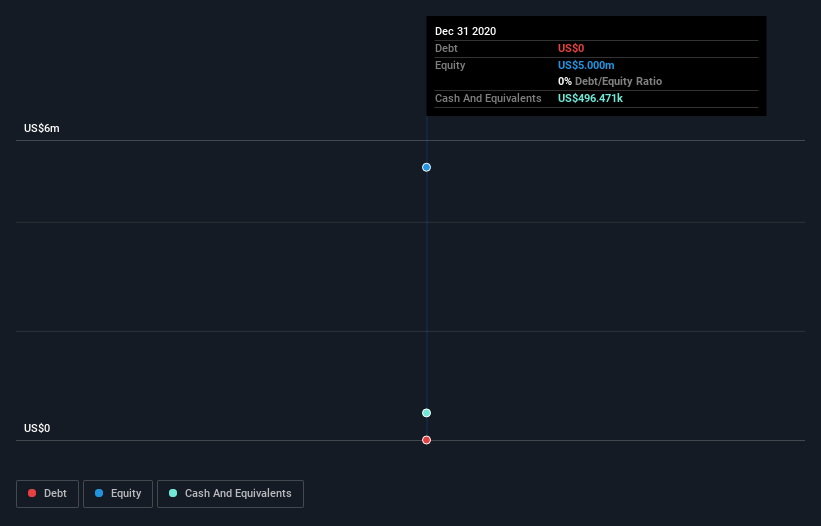We're Keeping An Eye On Alight's (NYSE:ALIT) Cash Burn Rate
We can readily understand why investors are attracted to unprofitable companies. For example, biotech and mining exploration companies often lose money for years before finding success with a new treatment or mineral discovery. But the harsh reality is that very many loss making companies burn through all their cash and go bankrupt.
So should Alight (NYSE:ALIT) shareholders be worried about its cash burn? For the purpose of this article, we'll define cash burn as the amount of cash the company is spending each year to fund its growth (also called its negative free cash flow). First, we'll determine its cash runway by comparing its cash burn with its cash reserves.
Check out our latest analysis for Alight
How Long Is Alight's Cash Runway?
You can calculate a company's cash runway by dividing the amount of cash it has by the rate at which it is spending that cash. As at December 2020, Alight had cash of US$496k and no debt. In the last year, its cash burn was US$671k. That means it had a cash runway of around 9 months as of December 2020. To be frank, this kind of short runway puts us on edge, as it indicates the company must reduce its cash burn significantly, or else raise cash imminently. You can see how its cash balance has changed over time in the image below.
Can Alight Raise More Cash Easily?
Generally speaking, a listed business can raise new cash through issuing shares or taking on debt. Many companies end up issuing new shares to fund future growth. By looking at a company's cash burn relative to its market capitalisation, we gain insight on how much shareholders would be diluted if the company needed to raise enough cash to cover another year's cash burn.
Alight has a market capitalisation of US$5.1b and burnt through US$671k last year, which is 0.01% of the company's market value. That means it could easily issue a few shares to fund more growth, and might well be in a position to borrow cheaply.
Is Alight's Cash Burn A Worry?
Given it's an early stage company, we don't have a lot of data with which to judge Alight's cash burn. We would undoubtedly be more comfortable if it had reported some operating revenue. However, it is fair to say that its cash burn relative to its market cap gave us comfort. While cash burning companies are always comparatively risky, we think its cash burn situation seems ok, on balance. Readers need to have a sound understanding of business risks before investing in a stock, and we've spotted 2 warning signs for Alight that potential shareholders should take into account before putting money into a stock.
Of course Alight may not be the best stock to buy. So you may wish to see this free collection of companies boasting high return on equity, or this list of stocks that insiders are buying.
This article by Simply Wall St is general in nature. It does not constitute a recommendation to buy or sell any stock, and does not take account of your objectives, or your financial situation. We aim to bring you long-term focused analysis driven by fundamental data. Note that our analysis may not factor in the latest price-sensitive company announcements or qualitative material. Simply Wall St has no position in any stocks mentioned.
Have feedback on this article? Concerned about the content? Get in touch with us directly. Alternatively, email editorial-team (at) simplywallst.com.

 Yahoo Finance
Yahoo Finance 
